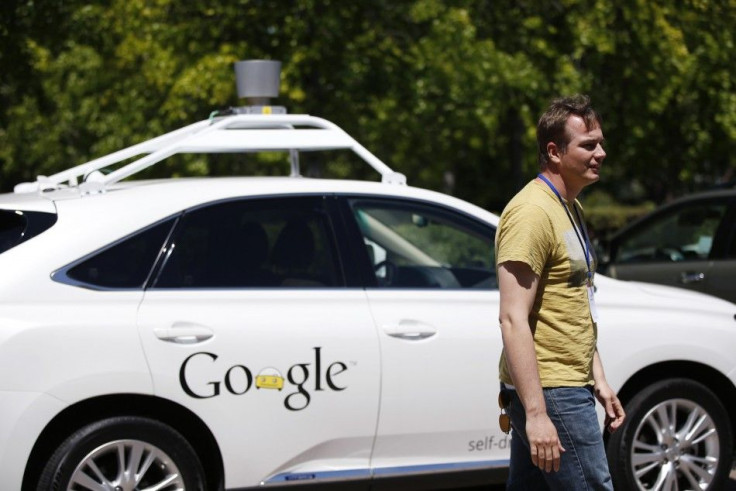Google Self-Driving Cars: Things to Know About the New Automobile Technology

From revolutionising how people connect to information by creating the world's most popular search engine to launching a project that let balloons float in the stratosphere, Google continues to innovate, making the most of available technology to make people's lives easier. Now, the Silicon Valley search-giant is working on an 8-year project that will redefine how humans will see cars.
The Google Driverless Car
The Google driverless car, more popularly known as "self-driving car" is a project that involves developing autonomous cars. It is powered by a software called the "Google Chauffeur" and runs on streets identifying itself as "driverless" complete with letters encrypted on both sides of its door that reads "self-driving car."
The Technology
Google's robo-cars contain $150,000 worth equipment including a $70,000 laser radar system. A prototype car model is equipped with these parts according to an infographic presented by TechCrunch.
- Laser - Allows the car to have a 360 view of its environment (a spinning device located at the top of the car).
- Processor - Where the car's driving decisions are based according to the sensed information or objects around the vehicle.
- Position Sensor - Located on the wheel of the car to detect its rotation and position.
- Orientation Sensor - Working like a normal person's inner ear, the orientation sensor is responsible for the car's motion and balance. It is located in the interior of the self-driving car.
- Radar - Detects vehicles ahead and measuring their speed. It allows the Google driverless car to control its speed safely.
The Self-Driving Car Prototypes
Google is no maker of cars so the company contracted manufacturers to use their models in testing the technology. Google created a test group comprised of 10 automobiles of various manufacturers. The car models include a Toyota Prius, an Audi TT, and a Lexus RX450.
The Purpose
The Google self-driving car project is not a project of vain. Google's geniuses behind the project's software development and mapping have been working hard for already 5 years long to perfect the technology that aims to reduce human error behind the steering wheel for safer roads.
Back in April, Google posted in its official blog that its driverless cars have successfully run 700,000 miles on autonomous mode. In a calculation by a source, Google cars accumulated miles are equivalent to "about 120 San Francisco-to-Manhattan-to-San Francisco road trips." The team led by Chris Urmson is currently focusing on the self-driving cars mastering city street driving.
The driverless car project started in Google way back 2009 under the leadership of Sebastian Thrun, the co-inventor of the Google Street View. Google co-founder Sergey Brin announced in 2012 that the technology will be available for public in 5 years, and it means that Google self-driving cars may be usable by 2017.




















